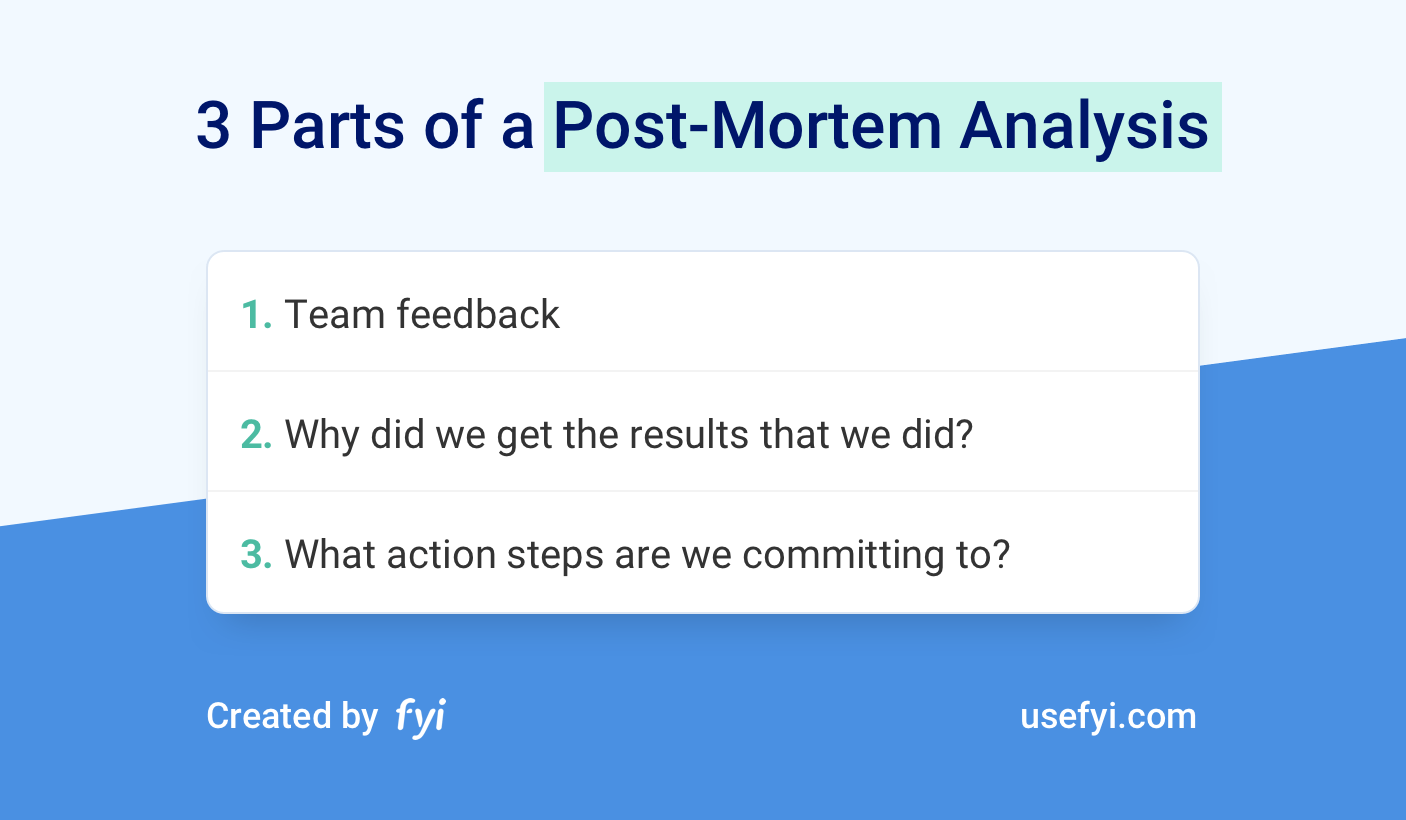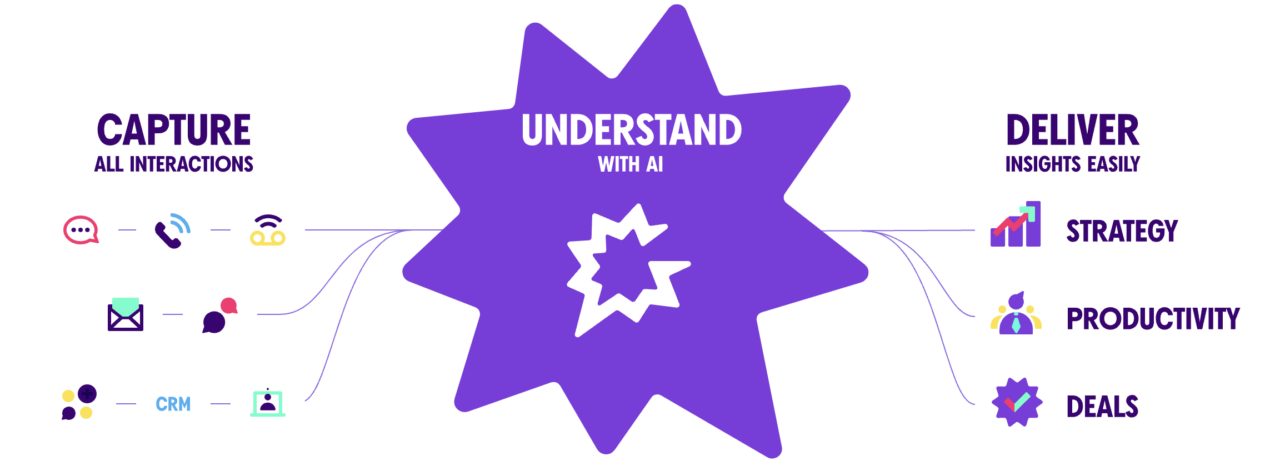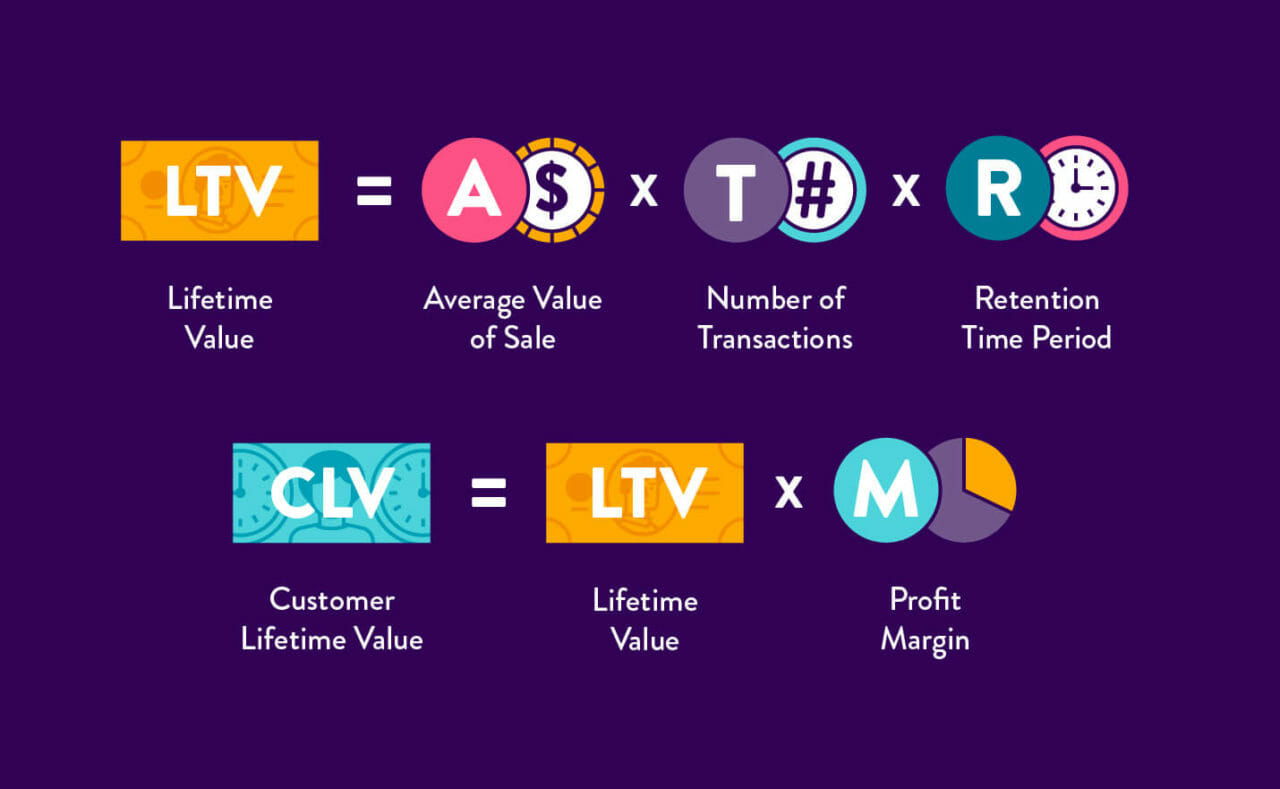Your customer churn rate has a significant impact on your business, leading to lost revenue and hindered growth. It’s integral for every company to get a grip on what is contributing to their churn rates and investigate what they can do to improve it.
In this blog post, we will explore key strategies to prevent customer churn and enhance customer retention.
As we identify the reasons behind churn and how to implement targeted solutions, you will be equipped with the knowledge of how to strengthen your customer relationships and improve your bottom line.
Understanding the Causes of Customer Churn
In the quest to reduce customer churn and improve retention rates, it is vital to gain a comprehensive understanding of the factors that lead customers to cancel or discontinue their services. Merely speculating or making assumptions about the causes of churn can be unreliable and potentially counterproductive.
To obtain accurate and actionable insights, it is crucial to engage in direct conversations with your customers through surveys and personal phone calls, allowing you to gather valuable feedback straight from the source.
Let’s touch on some of the steps you can take to hone in on your specific causes for customer churn:
- Conducting Surveys and Personal Phone Calls: Surveys play a pivotal role in collecting feedback from your customers, as they provide an opportunity for individuals to express their opinions and concerns. However, it’s important to note that not all customers may be willing to participate in surveys. Use tools like Qualtrics to get this info:

- Unveiling the Root Causes: The feedback gathered through surveys and phone calls serves as a valuable resource for uncovering the root causes of churn. It reveals invaluable insights into customer perceptions, pain points, and dissatisfactions.
- Prioritizing Fixable Issues: While analyzing the feedback received, pay special attention to the issues that are fixable within your business’s capabilities. This strategic approach ensures that your efforts are focused on addressing the concerns that have the greatest potential to impact your customer retention rates positively.
For example, if you discover that a significant number of customers cite the absence of specific features as a reason for their leaving, addressing this gap can significantly reduce churn in the future.
- Moving Beyond Unfixable Factors: It is essential to recognize that not all factors contributing to churn are within your control or easily fixable. Some customers may churn due to reasons that are unrelated to your product or service, such as changes in their circumstances or personal preferences.
While it is crucial to acknowledge these factors, focusing excessively on unfixable issues can distract from actionable improvements that can be made. Instead, redirect your attention and efforts towards areas where you can genuinely make a difference, positively impacting your overall churn rates.
- Harnessing Insights for Continuous Improvement: The information gathered from direct conversations, surveys, and data analysis serves as a foundation for continuous improvement. Regularly review and assess the feedback received to identify opportunities for refining your product or service, enhancing the customer experience, and addressing pain points.
This iterative approach fosters an environment of ongoing improvement, ensuring that you consistently deliver value and maintain strong customer relationships.
Related Content: Here’s How Targeting Cold, Warm & Hot Traffic Builds Successful Customer Relationships
Collecting and Analyzing Feedback
To gain valuable insights into customer churn and develop effective strategies for retention, it is essential to actively collect and analyze feedback from your customers.
When conducting customer surveys, it is crucial to encourage users to provide feedback before canceling their subscriptions. By inviting them to articulate their reasons in a concise sentence or two, you can extract actionable insights that can drive meaningful improvements.
Once you have amassed a substantial amount of feedback from your customers, the next step is to identify common responses and patterns.
Thoroughly analyze the collected data to uncover recurring themes and trends that shed light on the underlying causes of churn. Look for key indicators such as customers expressing that they no longer need the product or service, concerns related to cost or pricing, or instances where competitors are offering superior features or benefits.
Collecting and analyzing feedback is not a one-time activity but rather an ongoing process. Regularly assess the feedback received to identify emerging trends and new insights. By continually refining your understanding of customer needs and preferences, you can implement iterative improvements that drive continuous growth and customer satisfaction.
Related Content: What Should You Do When People Complain About Your Product or Service?
Implementing Customer Development
Customer development involves actively engaging with your customers to gain deeper insights into their experiences and expectations.
Schedule conversations with customers, both while they are active and after they churn, if possible. During these discussions, ask open-ended questions about:
- their satisfaction levels
- areas for improvement
- suggestions for enhancing your product or service
This qualitative feedback can provide invaluable guidance for refining your offerings and addressing customer pain points.
Related Content: 9 Ways to Deliver the Best Digital Experience to Your Customers
Postmortem Analysis and Continuous Improvement
To foster a culture of churn prevention, conduct post-mortem analyses after every churn event: 
These reviews enable you to evaluate what went well, what needs improvement, and identify areas of opportunity.
These analyses (including customer feedback analyses) should not occur in silos. Collaborate with your product development, marketing, and customer success teams to share and discuss the insights gained. This cross-functional collaboration ensures a holistic approach to churn reduction, where the entire organization works together to enhance the customer experience and reduce churn rates.
Leveraging Sales Intelligence Tools
Sales intelligence tools, such as CallRail or Gong can significantly aid in reducing churn. These tools record sales and client calls, allowing you to gain insights and provide coaching to your team.
Through careful analysis of these recorded interactions, you can identify areas where your team excels and areas that require improvement.
Recognizing the strengths of your team members allows you to reinforce successful strategies and provide them with positive reinforcement. On the other hand, pinpointing areas for improvement enables you to offer constructive feedback and targeted training, helping your team address customer concerns more effectively.
Related Content: 6 Customer Service Trends You Can’t Ignore
Quick Fixes: Mitigating Customer Churn with Temporary Solutions
While band-aid solutions are not long-term fixes, they can provide temporary relief and reduce churn.
Annual Billing Options
One effective way to encourage customers to commit for a longer period and reduce the likelihood of churn is by offering annual billing options at a discounted rate. By providing customers with the opportunity to pay for their subscription on a yearly basis, you incentivize them to make a longer-term commitment.
The cost savings associated with annual billing can be an attractive proposition, especially for budget-conscious customers. This approach not only increases customer retention but also improves the overall customer lifetime value (LTV):

When customers feel they are getting a better deal by opting for annual billing, they are more likely to stay on board and continue using your product or service.
Multiple Payment Methods
Another fast fix to consider is integrating alternate payment methods, such as PayPal, Venmo, Apple Pay, credit card or cash, into your payment options. And offering multiple payment options within PayPal, such as paying with a bank account or credit card, can significantly enhance the payment success rate and reduce failed charges.
Customers who prefer using PayPal as their payment method tend to experience fewer payment-related issues, as the platform provides a seamless and secure payment experience.
By facilitating smoother transactions and minimizing the chances of failed charges, you create a more convenient and reliable payment process for your customers. This, in turn, leads to improved customer satisfaction and increased retention rates.
Final Thoughts on Reducing Customer Churn for Your Business
Reducing customer churn requires a proactive approach that involves understanding the unique reasons behind your brand’s churn, actively seeking feedback, and implementing targeted solutions.
By collecting and analyzing customer feedback, engaging in customer development, conducting postmortem analyses, and leveraging sales intelligence tools, you can refine your offerings and enhance customer retention.
In short, you have to be willing to get down in the mud to discover why people are walking away from your brand. Then, and only then, can you truly get a grasp on what you need to change to improve your churn rate.
If you’re ready to grow your business, Single Grain’s marketing & growth experts can help!👇
Repurposed from our Marketing School podcast.



